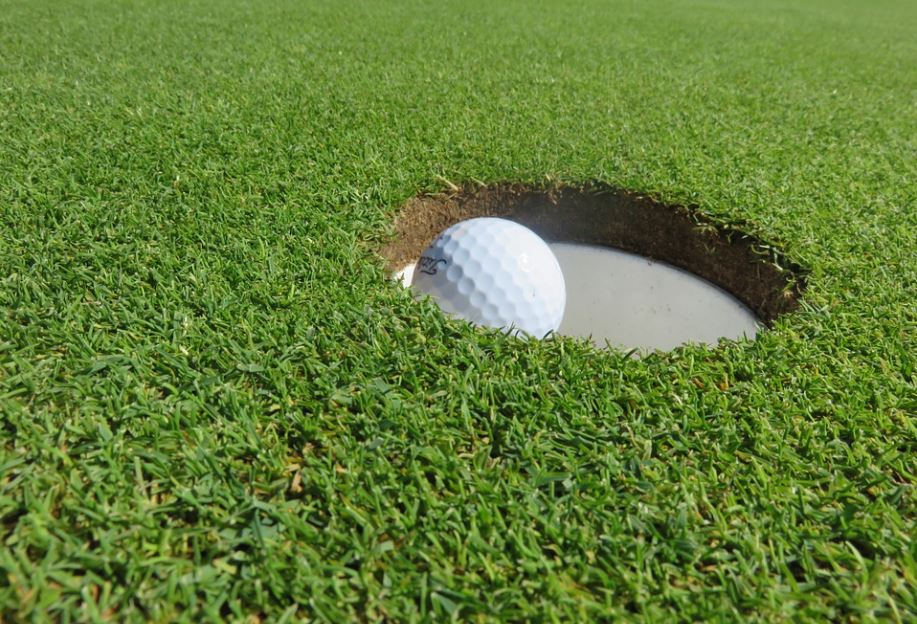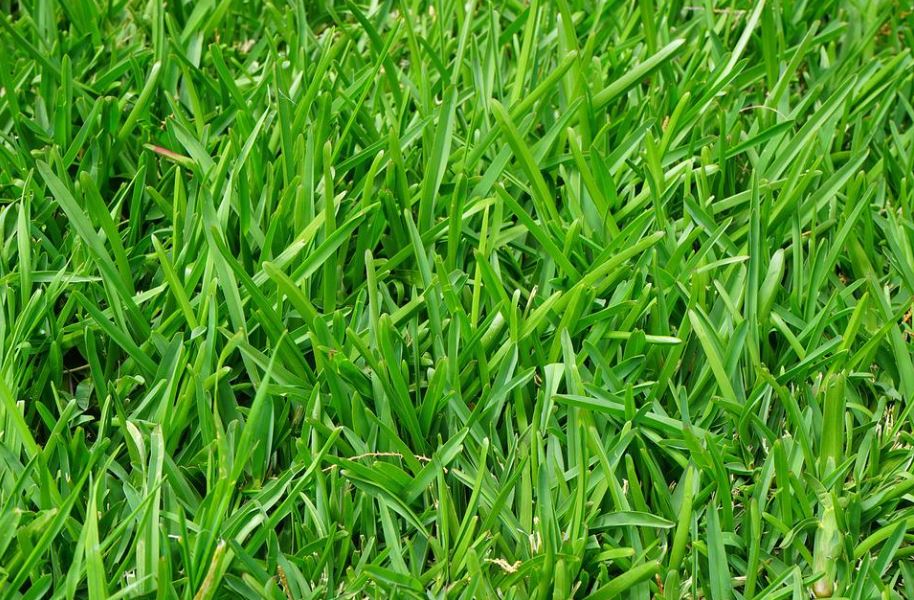In the game of golf, there are many factors that can affect the game, such as the clubs you use, the weather, and as well as the grass on the golf course. Specialists of grass are aware that different varieties have different effects. There are various types of grass for different climates. Each of them bears different characteristics that carry different implications for golf players.
There are many types of golf course grass. Some of them are perfect for warmer and coastal climates, while some are best for areas with cooler temperatures. Some grass, on the other hand, only thrives in a particular soil type. With this, what type of grass do you think is best for golf courses? If you have the same question in mind, we’re here to help you. In this post, we are going to take a look at what each type of grass can offer to golfers, as well as some tips on how to choose the right type of grass for a golf course.
The Main Golf Grass Categories
When it comes to golf course grass, there are two main categories which are warm-season and cool-season grass. But there are also grasses that can thrive in both summer and winter. Let’s get to know more about them:
- Warm-Season Grasses
These grasses are perfect for places with a hot climate. They reach their tallest height in the summer as their ideal growth temperatures are between 80 to 90 degrees Fahrenheit. This type of grass is truly perfect for summer. However, it can quickly lose its green color when temperatures go below 50 degrees Fahrenheit for a longer period. Some examples of warm-season grasses include Centipede grass, Kikuyu grass, Bermuda grass, and Bahia grass.
- Cool-Season Grasses
These grasses survive in temperatures between 50 to 80 degrees Fahrenheit. They are perfect for the fall and spring seasons. Even when the usual temperatures are lower than 32 degrees Fahrenheit, cool-season grasses can maintain their green color. They are also resistant to subfreezing temperatures. Some examples are Tall Fescue, Annual Ryegrass, and Perennial Ryegrass.
- Transition Grasse
These grasses can thrive in both summer and winter. However, the exact type of transition grass grown in a golf course will depend on the climate and sub-climates of the region. For instance, Tall Fescue grass, which is a cool-season grass, can also survive in the sub-climates of the north and central transitional zones in the US. One example is Bermuda grass, which is usually grown in the transitional zone’s southern part.
The Best Types of Grass for Golf Courses
Now that you know the basic grass categories for golf courses, here are some of the best types of golf grass to choose from:
1. Bermuda Grass
This is the most common warm-season grass. A lot of golfers love this turfgrass as it can grow abundant and lush. It can also survive abuse as it does not dry out fast. If you are in an area with a warm tropical climate, you will have a green lawn for the whole year if you choose to grow Bermuda grass on your golf course. It is best to plant it in the spring when temperatures are warm. When summer comes, the golf course will be a lovely, vibrant green. It is also one of the lowest maintenance grasses out there.
2. Zoysia Grass
This is also a warm-season grass type that is light to medium green in color. It features strong stems that help it to spread fast. It results in a compact carpet-like lawn that can survive heavy use in a professional sports setting like golf. It can also retain its green color longer. During the winter season, it can go dormant, but it will quickly green up at the beginning of spring.
Another thing that golfers look for in a grass type is its ability to conserve water. Since Zoysia grass has deep roots, it is great at conserving water and resisting drought. This makes it a great choice for golf courses that are situated in areas with warmer climates.
3. Ryegrass
For cool-season grasses, Ryegrass is among the best choices. It can also do well in coastal climates with moderate temperatures. Golfers usually choose ryegrass around tees and fairways because of the hardwearing quality and fast germination of the grass. It will also give the lawn a deep green, lush aesthetic, making it a great choice for making a high-quality golf course.
Ryegrass is soft, making it a prized grass type for sports lawns. However, to maintain its lush look, it needs to be mowed between 1.5 and 2.5 inches high and watered regularly from 6 to 12 inches.
4. Bent Grass
Another great option for cool-season turfgrass is Bent grass. In fact, it was almost exclusively used on golf greens. It also has long and strong over-ground stems, helping it to spread fast, forming dense, carpet-like grass. It is considered a luxury cool-season grass type. It comes in three types, which are creeping, velvet, and colonial. Each of them has varying characteristics, such as texture, color, tolerance to shade, climate, and salt.
The most prevalent type of golf course grass is creeping bent. It survives in cool, humid climates and also does well on shady lawns. Like other bentgrasses, it is also high-maintenance as it has a low root system. Therefore, it needs frequent watering and special mowing techniques.
Things to Consider When Choosing a Golf Course Grass
There is actually no sole grass type that is best for all golf courses. It’s because finding the best one depends on many factors. Therefore, in order to choose the perfect type of grass for a golf course, there are important things that you should consider. Here are some of them:
- Climate
This is probably the most important thing that you need to consider when choosing a grass type for a golf course. Each type of grass does well in a particular climate. Therefore, you need to pick cool-season or warm-season grasses, respectively, depending on what climate your area has.
- Soil Type
It is also important to consider the soil where you want to grow the grass. There are grasses that are better for acidic soils, while other types of grasses are for neutral or alkaline soils. Knowing this will ensure that the grass will survive for the longest period possible.
- Tolerance to the Elements
Before you plant a golf course grass, you need to make sure that your chosen grass variety can survive things like heat, shade, drought, and cold, depending on the environment. For instance, ryegrass can tolerate heat better than it does to shade, while Zoysia is more tolerant to cold than warm-season grasses are, but it is not as tolerant to drought.
- Lawn Usage
Keep in mind that each part of a golf course has its kind of grass planted depending on how that specific area is used. Some grasses are well-matched for greens and fairways, while some are best around trees.
Conclusion
The type of grass that is best for a golf course depends mainly on the climate of the area. In addition to that, you also need to consider other factors like how fast it grows, how much traffic it can handle, and how much maintenance it needs. The ones we shared in this post are some of the top options that many golfers also like. They can help in improving the gameplay of golf as well as the aesthetics of the golf course.


